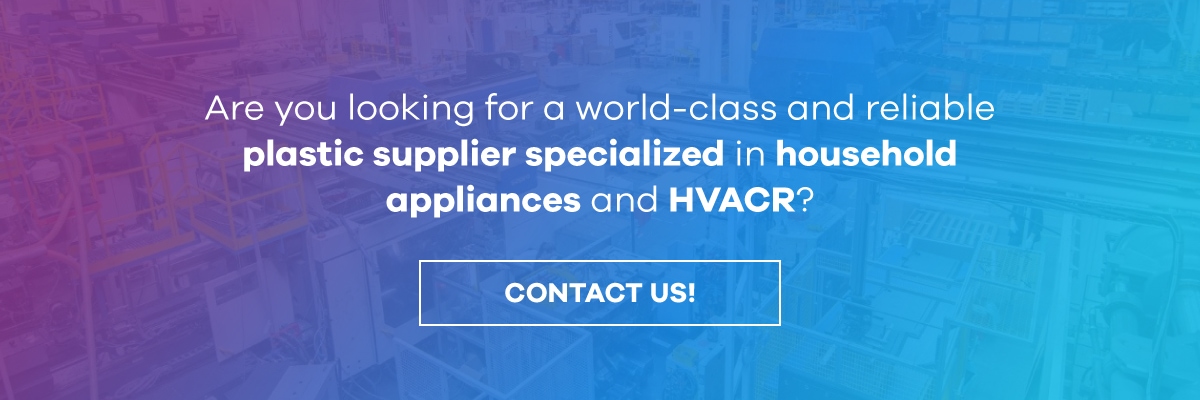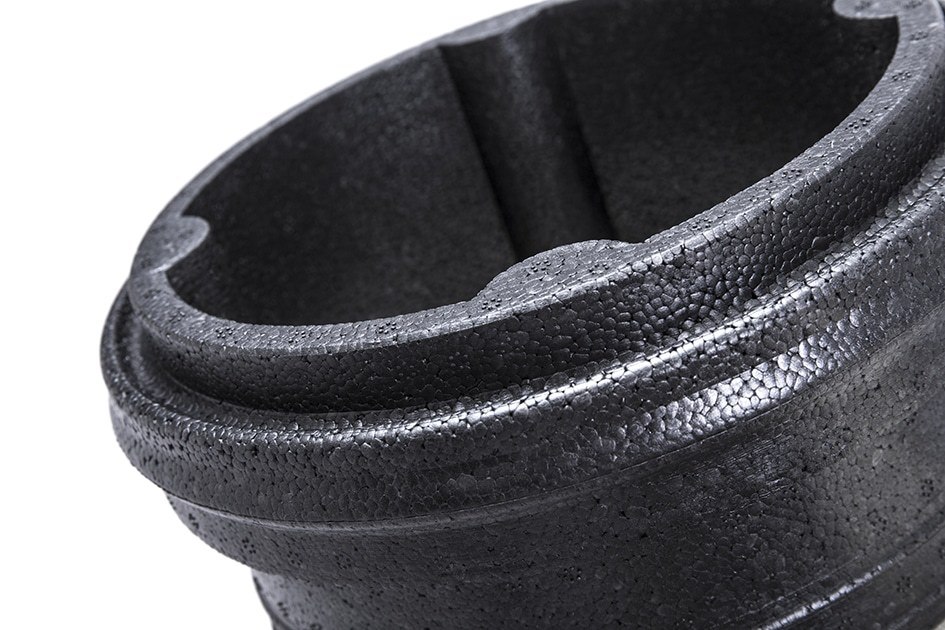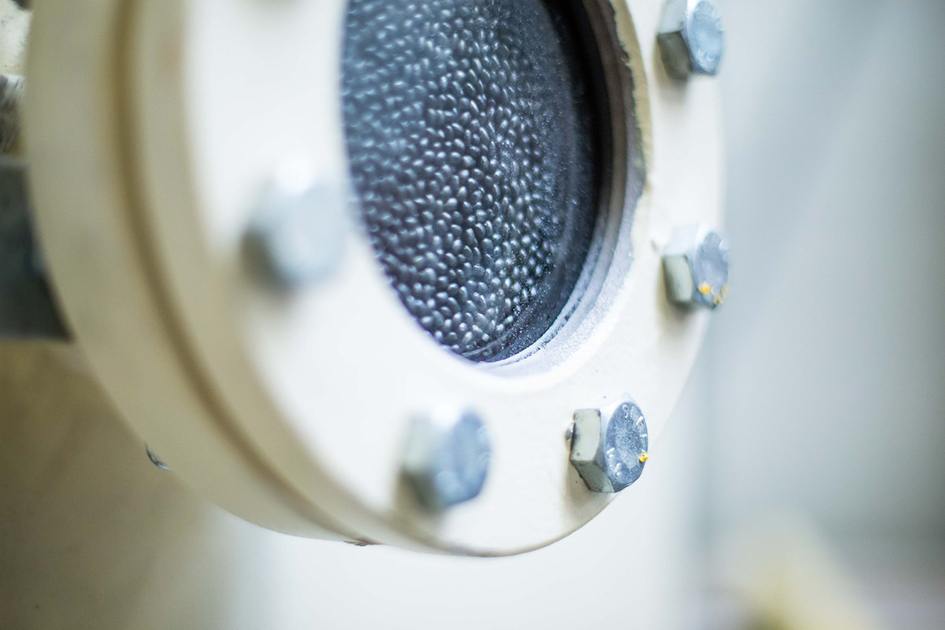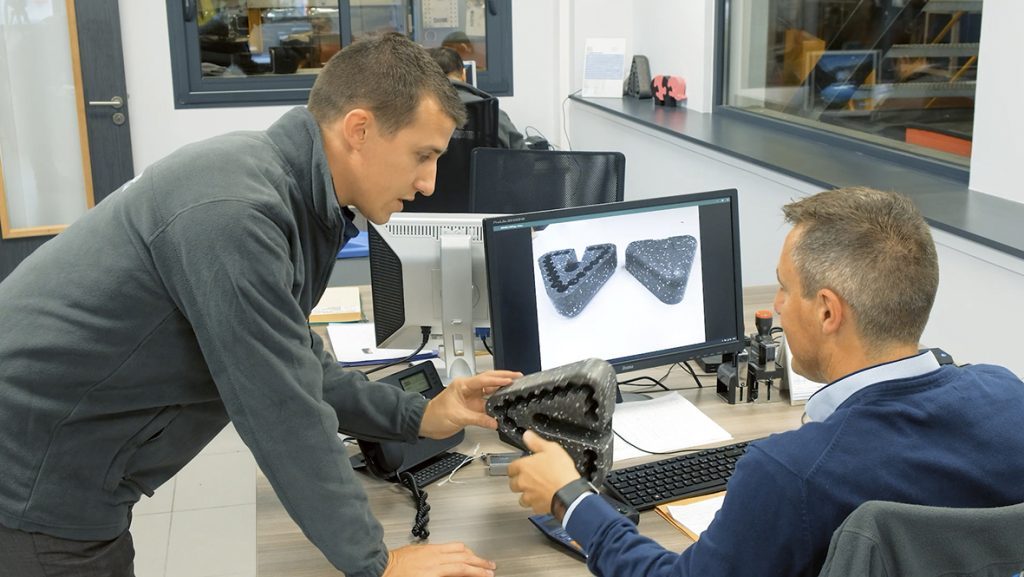Many are not aware that choosing the right HVAC materials may have a significant impact on these systems’ energy efficiency as well as being an important source of cost-cutting. Additionally, new developments in innovative HVAC materials mean these improvements are being taken to new levels, leaving behind some of the less efficient components in favor of more sustainable and economical solutions.
While HVAC systems remain a crucial element in providing air quality and thermal comfort in buildings, the incorporation of innovative HVAC systems means great advancements are being made both for companies’ benefits and final consumers’ convenience.
Let us thus guide you through the current innovative HVAC materials in the market and their potential benefits.
What do you need to know about HVAC materials?
Discover what HVAC systems are
HVAC systems are in charge of heating, ventilation, and air conditioning structures in buildings.
Their goal is then to provide temperature comfort and air quality, renovating indoor air by exchanging it from an external air source. HVAC systems can also remove moisture, dust or carbon dioxide, thus providing better quality air.
The main components of HVAC systems include:
- Filters as part of the air return processes
- Exhaust outlets to expel air
- Ducts to channel both heated and cool air currents
- Electrical elements to power the system
- Outdoor and indoor units, in charge of sourcing air
- Compressors, refrigerating gas and turning it into liquid
- Coils, in charge of cooling air and using refrigerants
- Blowers, which draw in warm air
What are the most common HVAC materials?
-
- Fiberglass: inexpensive and versatile, it can provide decent acoustic and thermal insulation for HVAC components such as duct systems.
- Blended PVC-NBR sponge materials are typically used for sealing
- Silicone is used for gasketing
- Foams: different types of plastic foam fulfill diverse roles in innovative HVAC systems, presenting great thermal and acoustic insulation, as well as reducing potential vibrations, and thus improving the system’s comfort and efficiency. They also prevent leaks and moisture and can be used to fill irregular-shaped gaps, avoiding thermal inefficiencies
- Injection plastic
- Sheet metal structure.
Innovative HVAC materials you have to know
Just like the rest of the industries across the world, innovative HVAC systems are facing a deep transformation in order to reduce their environmental impact. This is intensified as consumers also demand energy savings that, as a consequence, promote reduced costs.
This means that all in all, innovative HVAC materials are increasingly the sustainability route. In such a context, EPS and EPP parts stand out as adequate materials for HVAC technical parts.
These cutting-edge HVAC materials present the following benefits:
- Great energy efficiency and insulation. EPS and EPP present extraordinary thermal insulation capabilities, which in turn help minimize heat loss and improve Indoor Air Quality (IAQ) in HVAC systems.
- Help against leaks. These plastic foams present an appropriate compression so that they can be applied to avoid air gaps or other issues.
- As these HVAC materials are extremely lightweight, they present an easy assembly and transportation and can be incorporated into building structures without trouble.
- Low carbon footprint in their manufacturing process, enhancing a company’s sustainability claims and branding.
- They are 100% recyclable mono-materials and can be incorporated into circular economy models such as the Knauf Circular® program, which promotes the sustainable management of waste, recycling this material into new products.
You might also be interested in: Design of technical parts for HVAC systems
Knauf Appliances and ID-Lab: constantly searching for innovation
At Knauf Appliances we provide the best EPS and EPP solutions for the HVAC sector, using these expanded foam solutions to help our clients develop innovative HVAC systems that enhance energy efficiency and help final clients cut costs.
Through our ID-Lab, we’re able to design efficient and aesthetically-appealing HVAC parts using EPP and EPS as innovative HVAC materials.
In fact, Knauf’s Innovation and Development Lab works as a central hub to generate design, prototyping and testing processes that help us develop new solutions that create value, reduce Time to Market and improve efficiency.
Our expertise goes from developing new foam materials, and plastic injection processes. All in all, our work can be defined by the following 6 work axes:
- Design to guarantee our solutions’ performance
- Prototyping to facilitate decision-making
- Tests that validate our solutions’ performance
- Digital Simulations including thermal, mechanical and acoustic simulations
- Innovation by matter, selecting and optimizing our materials
- Eco-Innovation, suggesting solutions that contribute to the circular economy
At the same time, we make sure our clients understand our HVAC materials’ performance and specifications, so that areas for improvement are monitored, whether these involve entire HVAC systems or new ductwork structures.
The point, in the end, is to guarantee each client ends up having access to the best, most-efficient HVAC system according to their specific needs.
Want to learn more about new possibilities in HVAC materials and how companies can make the most of their HVAC systems? Get in touch with our team





